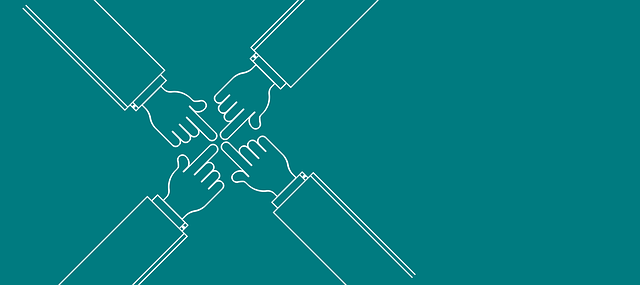Collaboration among child welfare legal experts in Oregon transforms the system, improving outcomes for vulnerable children. Through knowledge-sharing, open communication, and mutual respect, they build trust and develop holistic strategies. This approach, integrating legal expertise with caseworkers' insights, enhances representation, ensures aligned decision-making based on best interests, and ultimately benefits Oregon's young people.
In Oregon, effective collaboration among child welfare legal experts is pivotal for enhancing outcomes in complex cases. This article delves into strategic partnerships between attorneys, offering invaluable insights for navigating the intricate landscape of child welfare law. We explore building trust and uncovering innovative collaboration strategies that not only streamline processes but also ensure the best interests of vulnerable children are protected. By fostering strong attorney collaborations, Oregon can revolutionize its child welfare system, leading to more positive outcomes for involved families.
- Uncovering Collaboration Strategies for Oregon Child Welfare Legal Experts
- Building Trust: Key Insights into Attorney Partnerships
- Enhancing Outcomes: Effective Collaboration Tactics for Child Welfare Cases
Uncovering Collaboration Strategies for Oregon Child Welfare Legal Experts

In the realm of Oregon child welfare, collaboration among legal experts is a game-changer. By fostering partnerships, these professionals can navigate the complex landscape more effectively and ensure better outcomes for vulnerable children. Uncovering innovative strategies becomes crucial in enhancing their collective impact. Through regular knowledge-sharing sessions, child welfare legal experts can stay abreast of emerging trends, legal precedents, and best practices, enabling them to provide tailored and up-to-date representation.
This collaborative approach allows for a comprehensive understanding of each case’s unique challenges, fostering a symphony of expertise. By combining their unique skills and insights, these attorneys can create a robust support system for children and families involved in the child welfare system. Such collaboration ensures that legal strategies are not only effective but also revolutionize the way services are delivered, ultimately enhancing the well-being and future prospects of Oregon’s young ones.
Building Trust: Key Insights into Attorney Partnerships

Building trust is a cornerstone of effective collaboration between Oregon child welfare attorneys and their partners. To foster this, legal experts emphasize open communication, active listening, and mutual respect. By creating an environment where all parties feel heard and valued, attorneys can better understand clients’ unique needs and goals, leading to more robust advocacy for children involved in the welfare system.
Child welfare legal experts also recognize the importance of transparency and shared decision-making. Involving stakeholders in strategic planning and case management ensures alignment with their vision and prioritizes the best interests of the child. This collaborative approach not only strengthens relationships but also enhances the quality of representation, ultimately contributing to positive outcomes for children and families.
Enhancing Outcomes: Effective Collaboration Tactics for Child Welfare Cases

Oregon’s child welfare system benefits greatly from collaboration between legal experts and caseworkers. By pooling their unique knowledge and skills, they can enhance outcomes for vulnerable children and families. Effective strategies include regular communication channels, joint case planning sessions, and resource-sharing platforms. These tactics foster a holistic understanding of each case, ensuring every aspect—legal, emotional, and logistical—is addressed comprehensively.
Child welfare legal experts can provide crucial insights into rights, regulations, and potential pitfalls, while caseworkers offer firsthand knowledge of family dynamics and community resources. This collaborative approach breaks down barriers between disciplines, promoting more efficient problem-solving and ultimately, better life outcomes for children in need.






